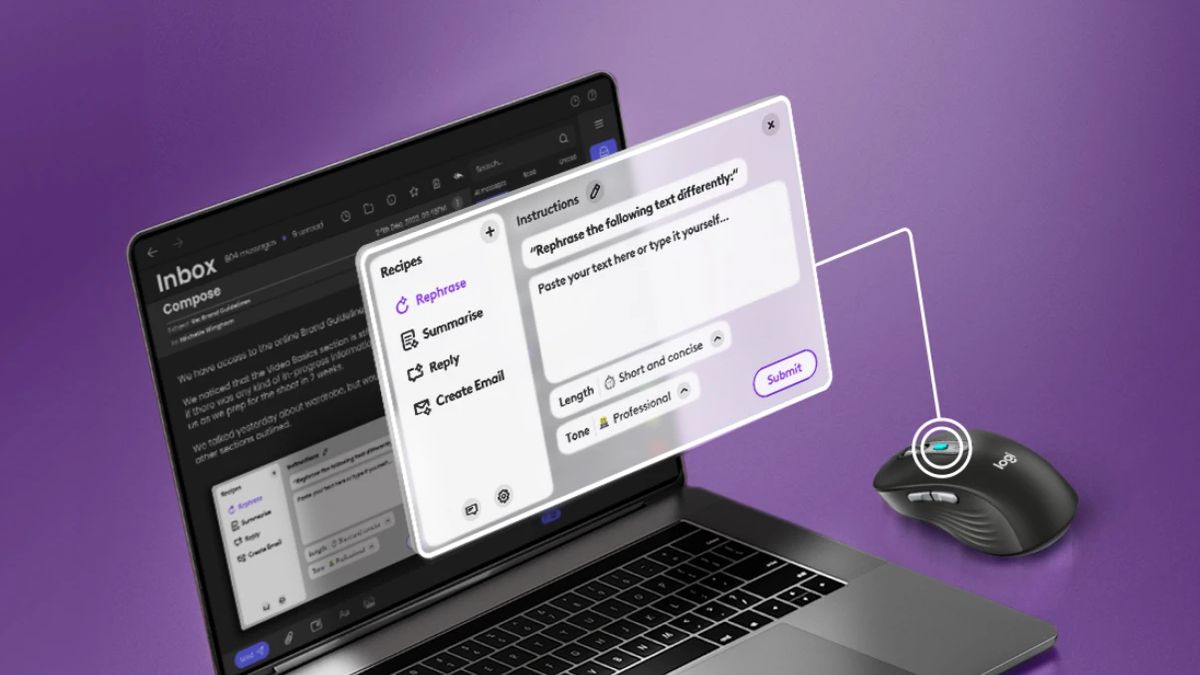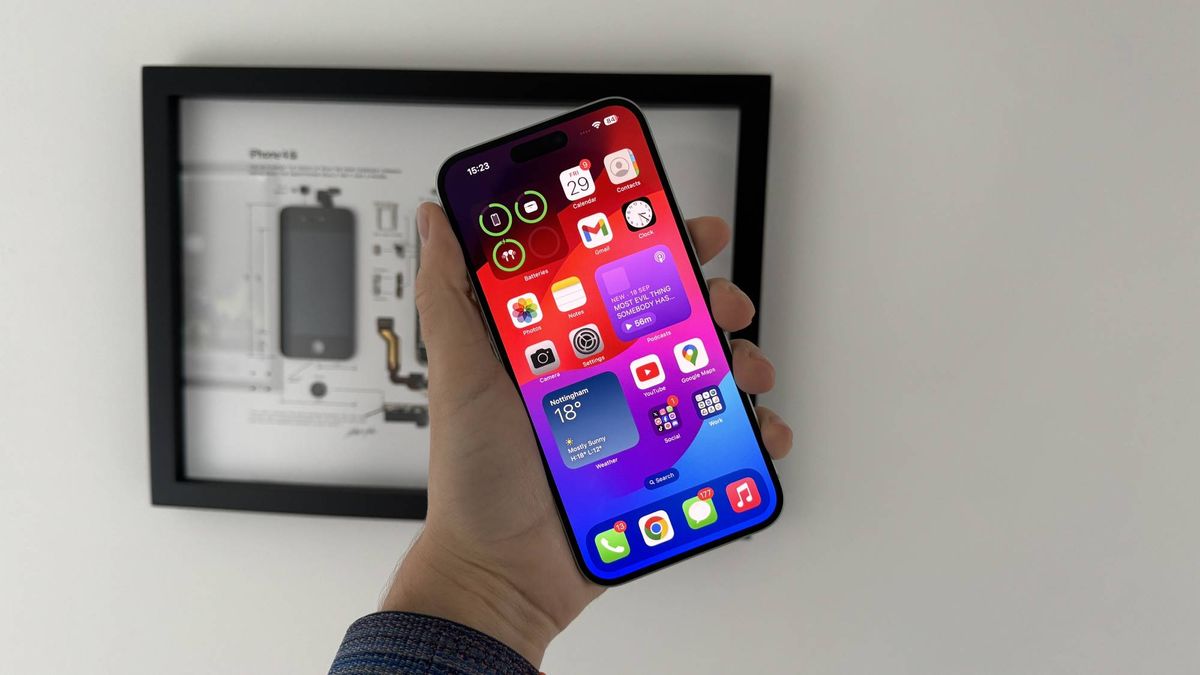

PHOTO:
Lucas van Oort | unsplash
Your customers are smart. They have endless information at their fingertips. They’re in control with more choices than ever. And they want real and long-term relationships.
None of that is a secret.
Yet a lot of companies struggle with attracting customers that stick around — which makes it hard to sustain revenue growth.
What gets in the way? What’s ruining relationships between businesses and customers?
Friction.
How Friction Kills Your Customer Journey
The customer journey is the complete sum of experiences that customers go through when interacting with your company and brand. It encompasses all your teams: marketing, sales, operations and CX.
Every organization’s goal is to make the experience for every customer as smooth as possible (at least it should be). It’s what leads to happy customers that love working with you and will refer you to others.
But that doesn’t always happen. Instead, you end up with friction or “sticking points” that cause issues for customers.
It could be a small hiccup like a new website visitor unexpectedly landing on a 404 page. Or, offering a “free” resource, but then requiring a valid email address for access.
Friction can also be complex like poor handoffs between teams– sales told the customer X but the CX team told them Y. A lack of internal processes that prohibits consistency from one project to the next.
No matter how it happens, friction causes a customer to feel annoyed, confused, or even frustrated. And it hurts their experience with your company, and ultimately, your performance and growth over the long run.
So how do you get rid of friction?
Related Article: Customer Service Friction: A Double-Edged Sword
How to Remove Customer Experience Friction
Friction in your customer’s journey is natural. Even great businesses have some.
But you should proactively identify and eliminate any friction points slowing down your performance. Here’s how.
1. Map Your Current Customer Journey
When’s the last time you looked at your customer journey holistically? Have you ever?
The first step is to take a look at your current processes. Map out your customer’s journey from their first interaction with your business to the various touch points post-purchase. There are plenty of ways to map your journey, from visual maps to spreadsheets.
The point is to see the experience from your customer’s point of view. Identify how they might feel during each interaction and be honest. What are you doing well? What needs improvement?
When mapping your customer journey, include stakeholders from different departments, especially employees who interact with customers on a daily basis. You’ll hear different perspectives and insights you might not have otherwise.
Related Article: 5 Ways to Improve the Customer Journey Map for Customer Experience
2. Align Your Teams and Take Action
All teams — marketing, sales, operations, CX — must be aligned around your customer’s journey. Each of them interact with customers directly and thus each action impacts the complete sum of the experience.
How do you align teams? Have your teams meet regularly and intentionally solve for any pain points. Teams should work together to improve the whole experience, not just their part in silos.
Alignment isn’t corporate jargon either. It actually matters. Without it, your customers are left to suffer in the middle of your problems.
Committing to a Culture of Customer-Centric Processes
A committment to removing friction in your customer’s journey can involve as much as a change in tactics or as little as a shift in mindset.
Sure, you can change a few processes here and there to make improvements. But revenue growth doesn’t happen instantly.
For many, committing to a holistic customer journey is often a different way of doing business. It requires intentional planning to make the customer the center of everything you do. It’s a change in culture and how teams work together to solve pain points through the right processes.
But when you do commit, you’ll delight your customers and accelerate your growth.
Jillian is the marketing strategist at SPARK Business Works. With over 7+ years of B2B marketing experience, she uses both her writing and analytic skills to assist the marketing, sales and CX team by overseeing their content marketing program, managing their martech stack, and driving web growth.






